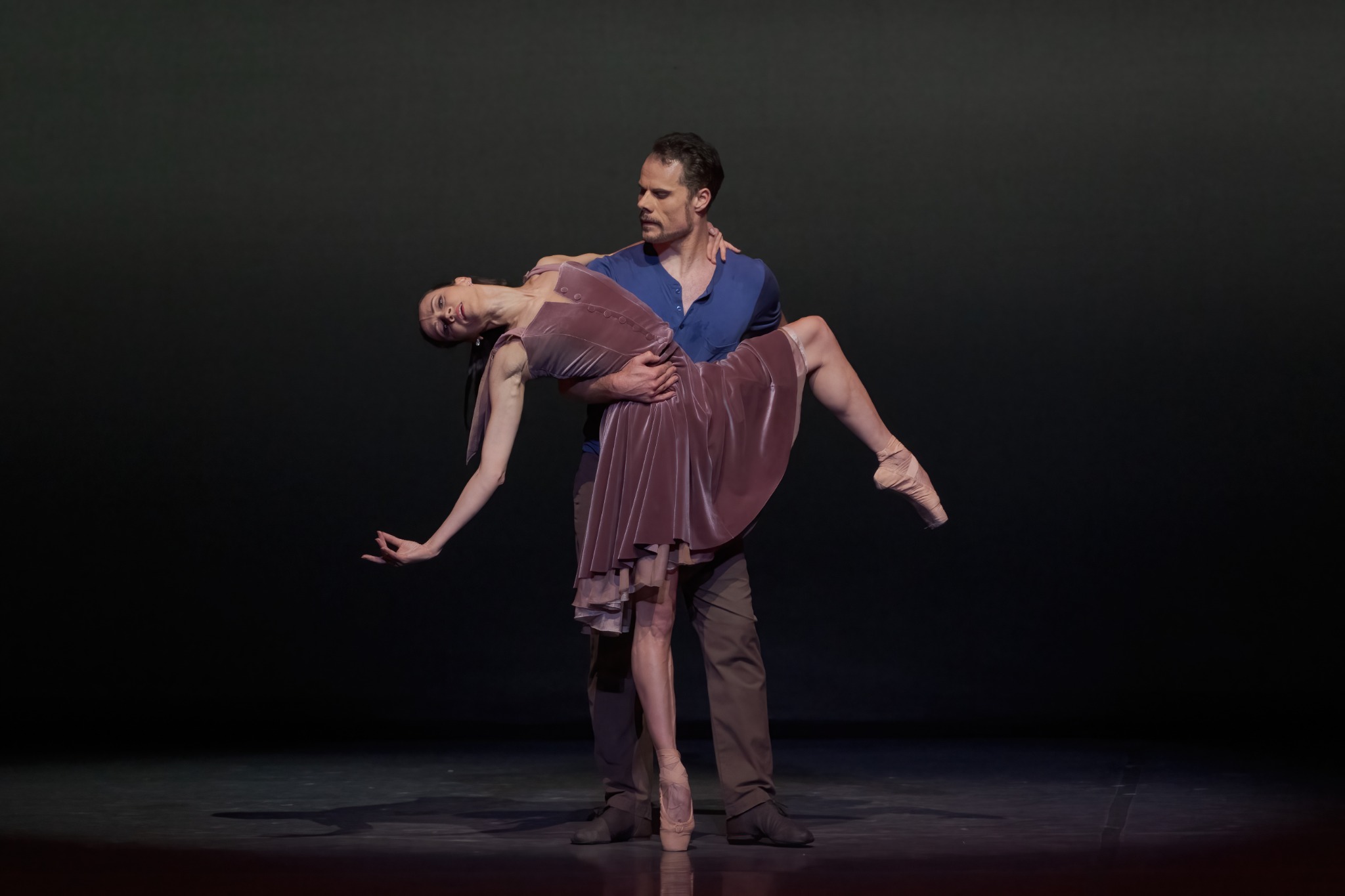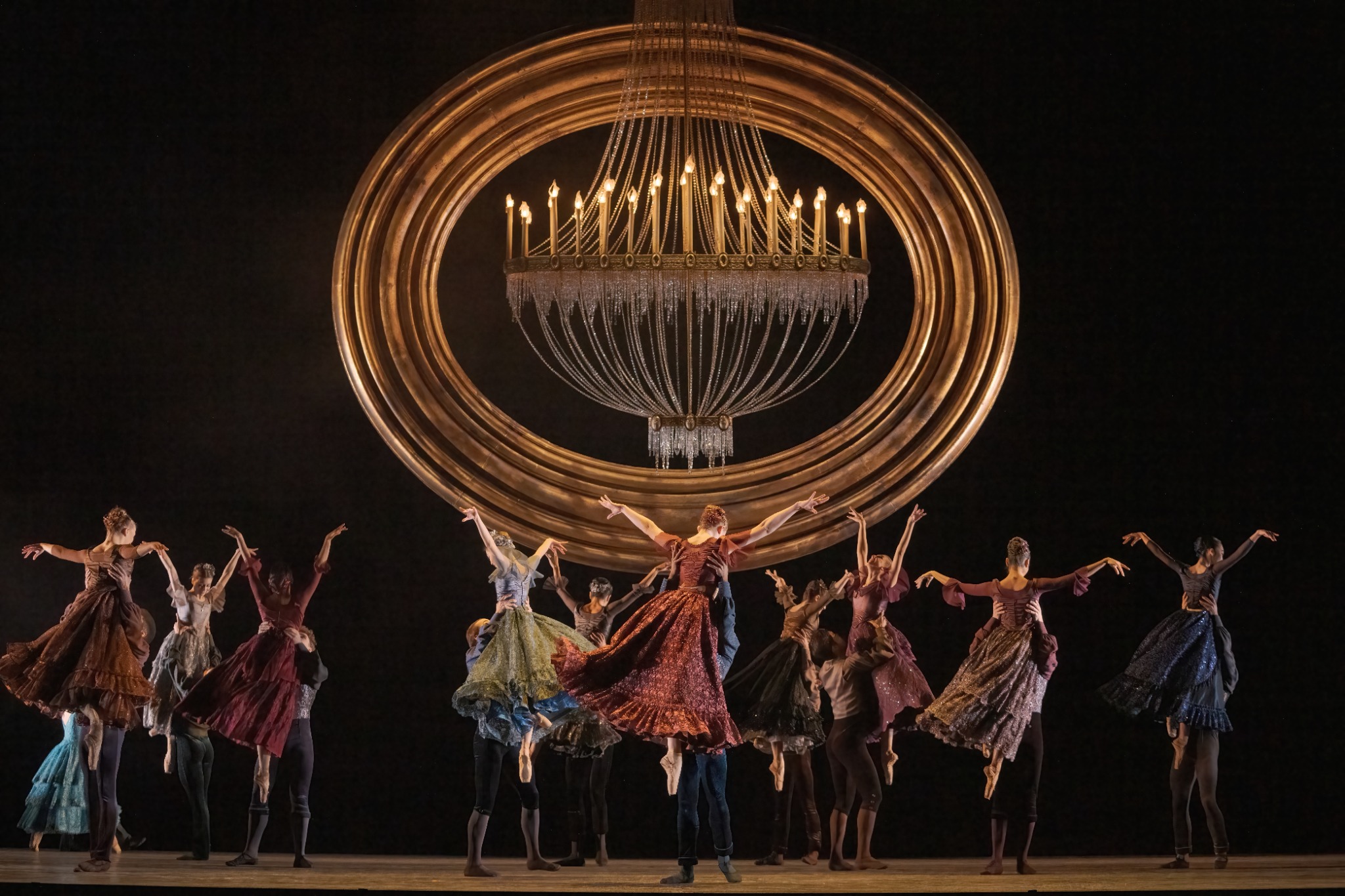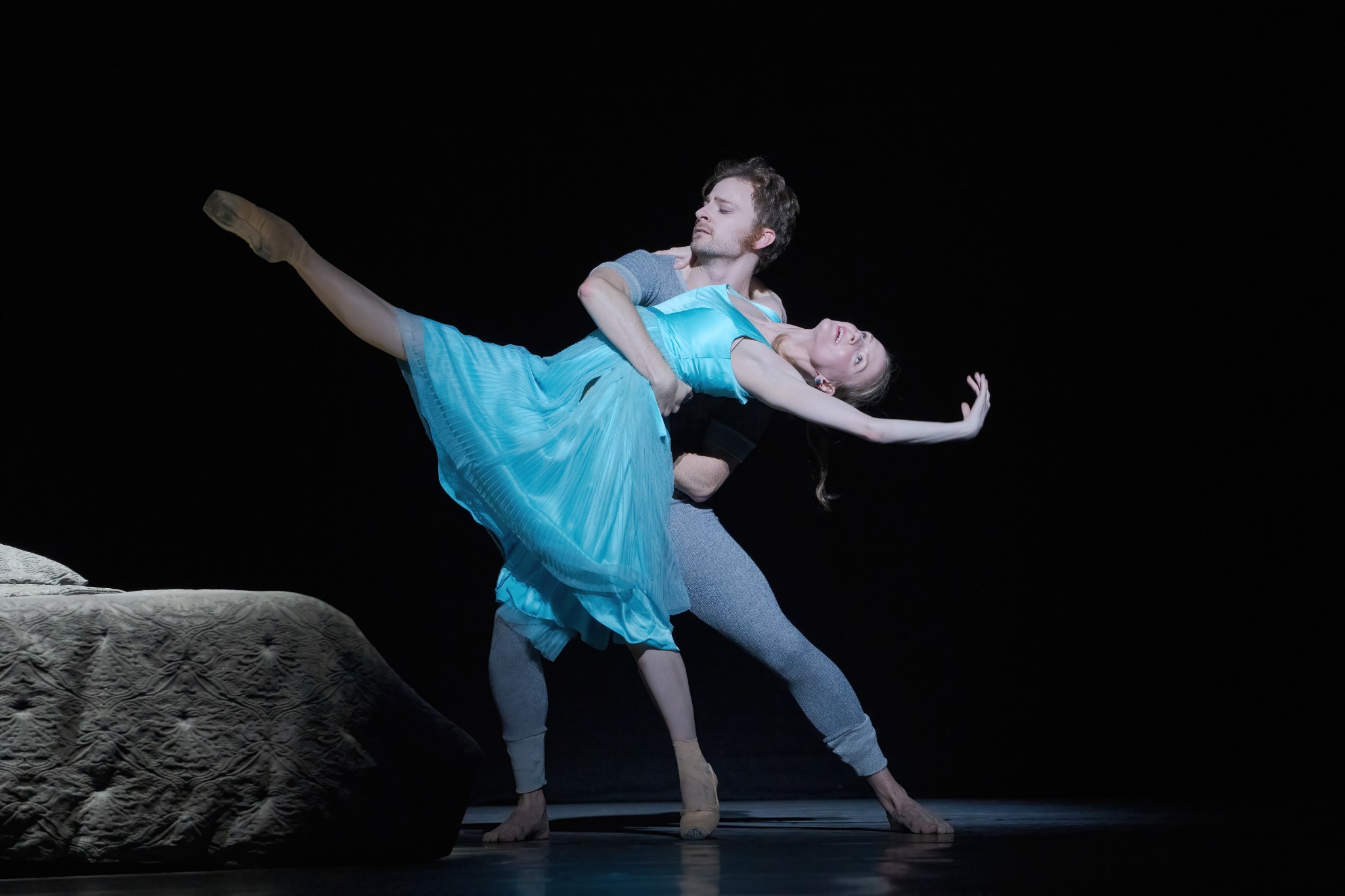Review: Emma Bovary and Passion (The National Ballet of Canada)
The National Ballet of Canada's 2023/2024 season opens with the world premiere of Emma Bovary by award-winning creator Helen Pickett, along with co-director James Bonas, and Passion by the esteemed Canadian choreographer James Kudelka. The evening also held special significance as it marked Piotr Stanczyk's final performances, concluding his remarkable twenty-five-year tenure with the company.
Starting the night is Passion, my favourite choreographic work of James Kudelka to date. This piece beautifully juxtaposes two distinct choreographic ballet aesthetics: the classical, traditional, and performative against the contemporary, expressive, and intimate.
This contrast was brilliantly embodied by two main couples, each representing a different facet of romantic attraction. Their love stories were further accentuated by the presence of five corps dancers in romantic tutus, occasionally joined by male partners, who beautifully shaped the stage, weaving between the contrasting styles.
Each viewer is offered a unique experience, able to immerse themselves in either couple's narrative. I found myself drawn to the contemporary couple, featuring Stanczyk, whose performance crafted a compelling illusion of passionate love. Despite being physically separated across the stage, they seemed to exist in their own world, connected by an invisible and unbreakable thread.
I have watched Piotr Stanczyk's dance on this stage for many years, and his incredible talent and captivating stage presence have always stood out. His performance in Passion is no exception, serving as a fitting farewell to a fabulous dancer. Bravo, Piotr, for a fabulous career that has left an indelible mark on the company.

Following intermission, Emma Bovary, plunges directly into the tumultuous psyche of its protagonist, Emma, as inspired by Gustave Flaubert's classic 1857 novel Madame Bovary. This piece navigates through intense themes of romantic idealism, materialism, the intricate impacts of mental and emotional health and presents a new approach to the creation of narrative ballets. Rather than compressing the entire novel, the ballet focuses sharply on Emma's gradual descent into madness, offering a compelling experience tailored for modern audiences.
In this adaptation, Hannah Galway portrays Emma, a young, idealistic woman in rural France who finds herself trapped in an unhappy marriage with Charles Bovary, a well-meaning yet dull country doctor, played by Donald Thom. As Emma's discontent grows, she spirals into disillusionment, initiating a destructive cycle of infidelity and lavish spending. Her life becomes further complicated by affairs, with Rodolphe Boulanger (Siphesihle November), and entanglements with the fashionable salesman, Monsieur Lheureux (Spencer Hack). This turmoil also strains her relationships with her husband and their daughter, symbolically represented on stage by a stark white puppet.
Pickett's choreography masterfully encapsulates the essence of Emma's unraveling psyche. Through Emma's expressive movements—her shoulders alternately hunched and raised, her body a blend of raw emotion and technical grace—Pickett creates a subtly disorienting atmosphere that reflects Emma's fragile mental state. The choreography shines in its versatility, from the nuanced gestures of a dinner table scene to the chaotic whirl of an opera visit. These carefully crafted movements draw the audience deeply into the story, showcasing Pickett's ability to convey complex emotions and narratives through dance.
A particularly striking moment in the ballet, both in terms of choreography and stage design, involves a large, flowing white curtain that initially drapes across half the stage. This curtain becomes an integral part of a tense and intimate scene between Emma and her husband, ultimately enveloping a bed where the couple lies. Following an intimate exchange veiled by the translucent curtain, Emma is lifted high above the bed, suspended in a surreal, almost manic pose above her husband. This scene is not only a powerful visual spectacle but also a clever nod to the mechanical innovations of early narrative ballets, reimagined through the use of modern technology, lighting, and projection techniques.
Another standout moment, of the many, occurs during Emma's visit to the opera. In this scene, the stage backdrop starts to tremble and bubble, while a large golden chandelier ominously tilts, symbolizing Emma's world coming apart. The dancers, donning pig-like masks, add to the chaotic and surreal atmosphere, a poignant reflection of Emma's deteriorating mental state. This imaginative choreographic decision brilliantly captures the essence of Emma's internal turmoil and her gradual descent into disarray.
I loved Peter Salem's original score which creates an ethereal and haunting feel, crafting an auditory landscape setting the perfect tone for the performance. The inclusion of a ticking clock in the score is particularly effective, infusing each scene with a palpable sense of tension that keeps the audience captivated and on edge. The intricately designed soundscapes play a pivotal role in deepening the drama and emotional intensity of Emma's story, drawing the audience deeper into the heart of her turbulent world.
Michael Gianfrancesco's set and costume designs are also visually stunning, adding a layer of visual poetry to the ballet. The deep purples, maroons and blues used in the costumes, especially the striking light blue designated for Emma, create a surreal and slightly eerie ambiance.
Emma Bovary concludes powerfully, leaving a lasting impression and bringing this classic literary character to life. Every detail, from a large cupboard hiding secrets to the appearance of a puppet child, contributes to the meticulous and thoughtful storytelling. The gorgeous dancing from the company brought together with a haunting score and exquisite design elements is not to be missed. This production sets a high bar for the National's new season and I am excited to see what else they have in store!
Emma Bovary and Passion, presented by the National Ballet of Canada at the Four Seasons Centre for the Performing Arts (145 Queen St W, Toronto, ON M5H 4G1) is playing until November 18, 2023. Tickets range from $72 to $211. Tickets can be purchased online here.
National.Ballet.ca
Socials: @nationalballet
Photo 1: Hannah Galway and Donald Thom in Emma Bovary. Photo by Karolina Kuras. Courtesy of The National Ballet of Canada.
Photo 2: Piotr Stanczyk and Svetlana Lunkina in Passion. Photo by Karolina Kuras.Courtesy of The National Ballet of Canada.
Photo 3: Artists of the Ballet in Emma Bovary. Photo by Karolina Kuras. Courtesy of The National Ballet of Canada
Written by Deanne Kearney
DeanneKearney.com @deannekearney


0 Comments Add a Comment?